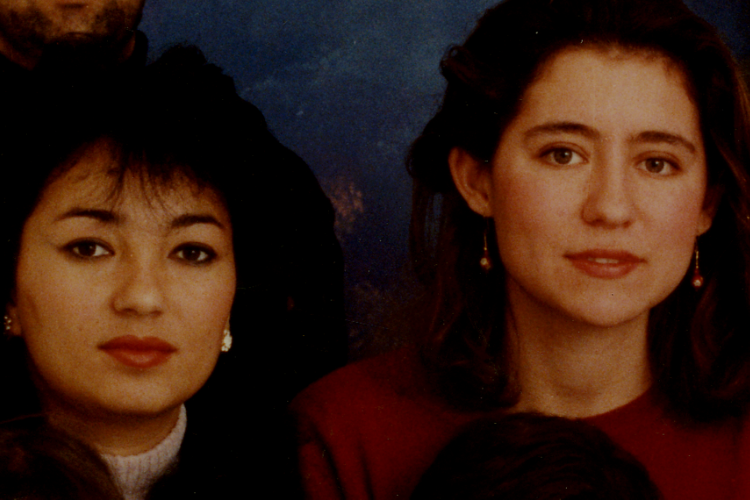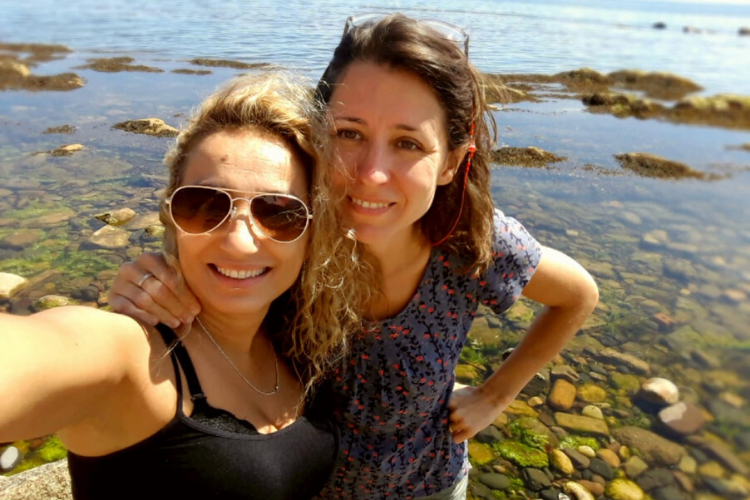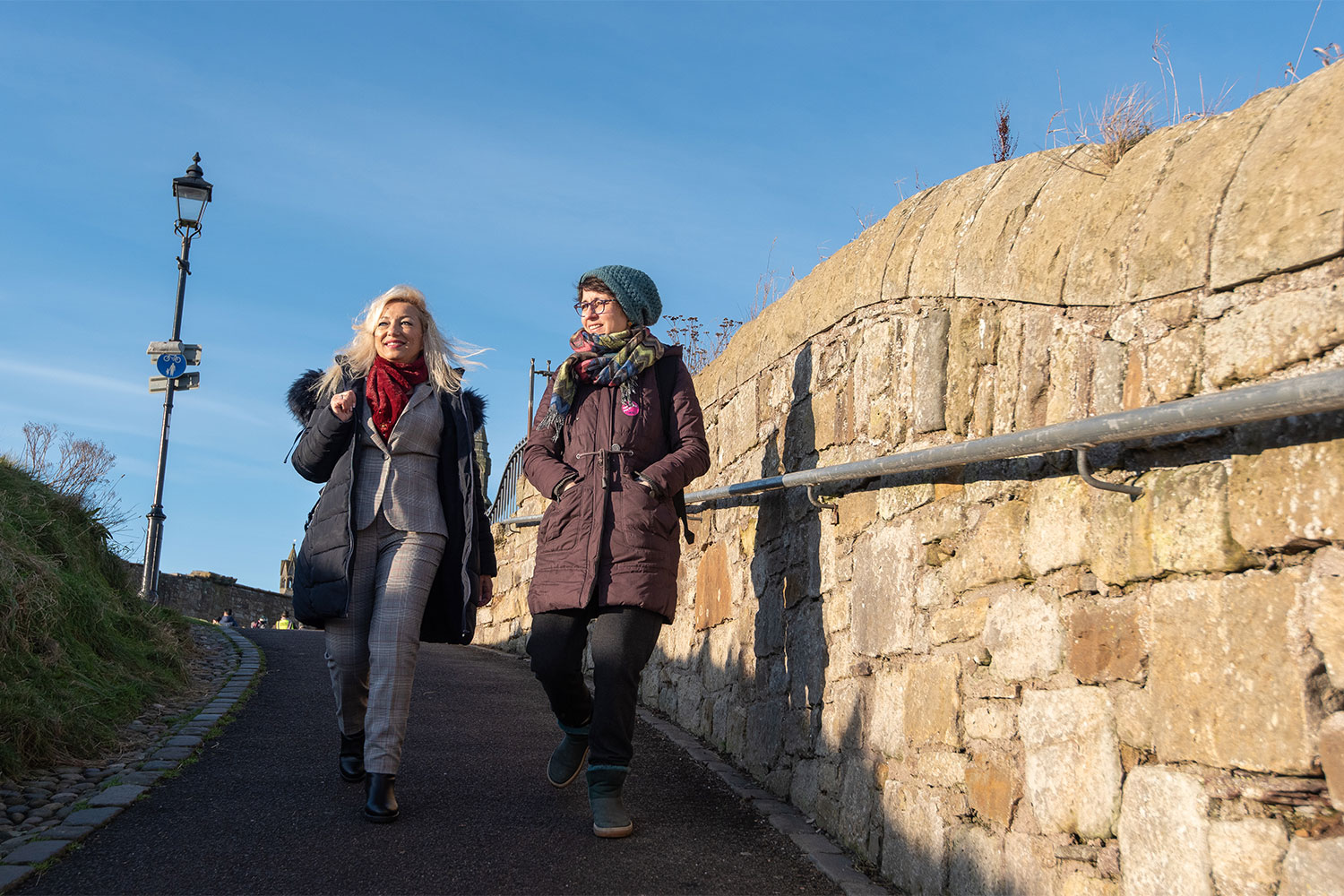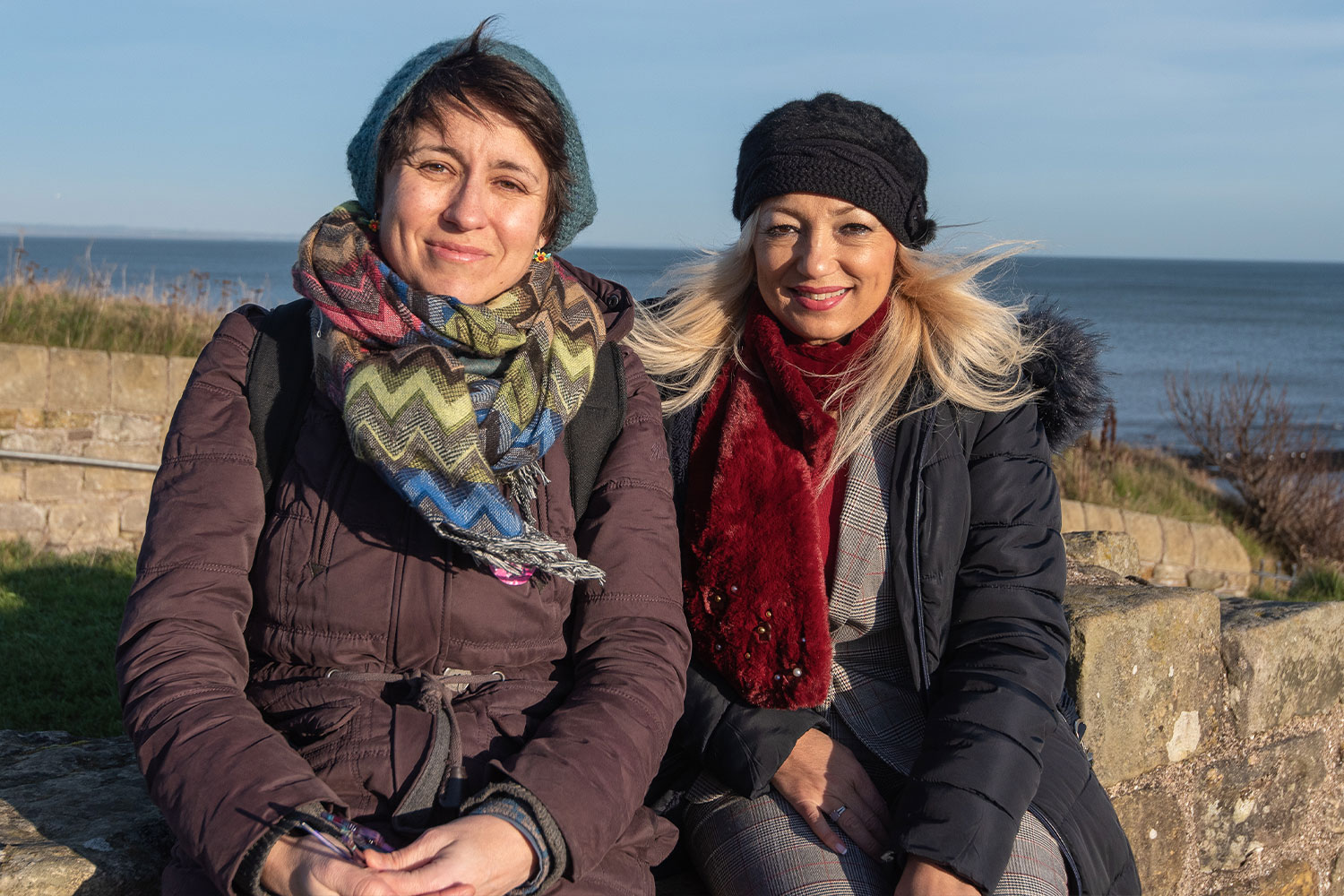Friendship between worlds
“We have things to say, and we believe we can say them best together.”
With these words two women, a Gitana (Spanish Roma) and a Paya (non-Roma) anthropologist, challenged academic orthodoxy and placed friendship at the centre of research.
Beginnings
Liria Hernández and Paloma Gay y Blasco were both born in Madrid, in the same year but in very different circumstances: Liria in a poor area of the city, Paloma in a middle-class neighbourhood. They met in 1992 when Liria, then a young Gitana street seller, first opened her home to Paloma, a Paya PhD student at Cambridge who was doing fieldwork among Gitanos. Liria became one of Paloma’s key research subjects, helping her understand how her Gitano family and acquaintances lived.

Informant and anthropologist
This is how Liria describes it:
“I thought that when Paloma entered my family and told about it, the world would see us from a different perspective. Because people always expect the worst from Gitanos. I thought that in the future this would help, so that we would not be marginalised so badly. And in some ways, I also researched her, because I was fastincated by her way of life, so different from my own.”
Today Paloma, senior lecturer in the Department of Anthropology, describes the circumstances that divided them:
“Our friendship started with Liria’s kindness, taking me into her house although she barely knew me. I was a Paya, young, not really grasping how difficult life was for the Gitanos that I wanted to study. It was only because Liria questioned what most around us took for granted, that Payos and Gitanos must remain apart, that we became friends.”
Lives intertwined
They became friends. Liria shared her way of life with Paloma, working in open-air markets and attending the Gitano Evangelical church, and Paloma took Liria to her own family home too, and to the university in Madrid to meet her childhood friends. It was a relationship of two women positioned very differently within Spanish society, yet fascinated by each other. Their deep mutual commitment brought the development of meaningful understanding. Liria describes the honesty between them:
“From the first time I met Paloma I opened my heart to her, as sincerely as possible.”
Paloma continues:
“We talked endlessly, while selling in the streets, cooking, taking care of the children, and at night while Liria’s husband watched TV. We talked about our pasts and our futures, about being Gitana and Paya, and about anthropology. We argued about whether, as a Paya, I really had more freedom than her, and of what kinds. I read to Liria from my field notes, and we laughed about things we had said only days or weeks before.”
What followed was a 15-year friendship during which the women influenced and supported each other through the ups and downs of their lives. Yet during that time, Paloma continued to write about Liria and her Gitano community. In this work, they had distinct roles: Liria as a research subject, Paloma as a researcher.

Campaigning and collaboration
Then, in 2009, their way of working together changed radically. Liria herself started writing down her life story, by hand, on large ruled notebooks, describing her challenging experience campaigning against the segregation of Gitano children in the schools of her district. This was the beginning of a new collaboration. Gradually, they developed an accessible, reciprocal way of doing anthropological research. Liria became Paloma’s co-investigator and co-author.

In this work, Liria is no longer the informant, and Paloma is not just the anthropologist. Instead, they look together on their intertwined but different lives as Spanish women, interviewing each other and the people who surround them in Spain and Scotland, both Roma and non-Roma. Liria explains:
“In this book the two of us are anthropologists and the two of us are informants. The beautiful thing is not just that I should write about my life with my own words, the life of a Gitana, but that I should write about Paloma’s life as well, a Payo life. We think that this has not happened very often, that an average Gitana woman, a street seller, almost illiterate, would write about a Paya anthropologist, although the other way around has happened, and often. I have always been the informant, but we have broken with the classic schemes. Two women, one Paya and the other Gitana, reaching across the barriers of two different ways of life. We want to explain and understand the differences between us, and how our friendship was born and why it has endured.”

Deepening anthropological understanding
Liria and Paloma went on to write an academic monograph and several articles in international peer-reviewed journals. Together, Liria and Paloma have developed concrete strategies to open up anthropological research to a wider public, and in particular to the scrutiny of research participants. And, yearly since 2009, Liria has returned to the University to participate in classes for undergraduates and postgraduates at every level, from first year to PhD, sharing with them her perspectives on and experiences of anthropology.
Liria became the first Gitana woman to be awarded an honorary degree for her contributions to academic thought. As Paloma reflects:
“Imagine the possibilities if the deep mutual commitment that is so often seeded in fieldwork were allowed to grow, to spread into other areas of life.”
Read more
Writing Friendship – A Reciprocal Ethnography
Thanks
Thanks to Paloma Gay y Blasco and Liria Hernández
Contact
Email: [email protected]
Phone: +44 (0)1334 46 7323